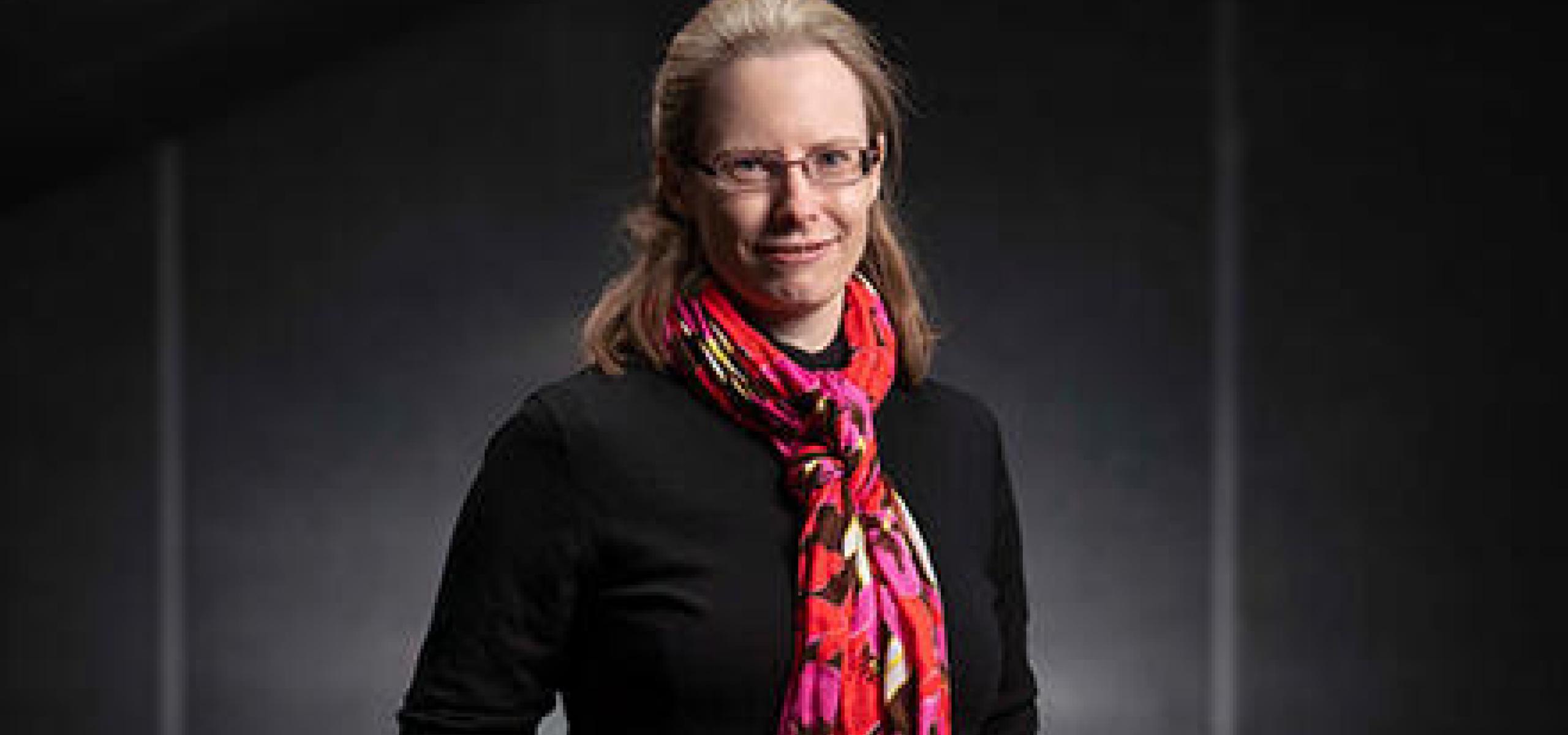
Dr Heather Roberts’ chapter provides a framework through which to evaluate the work of Chief Justices.
There is a need for a more developed framework through which to understand, and critique, the choices and actions of the Chief Justice.
A new book chapter co-authored by Associate Professor Heather Roberts has been cited in a recent Review of Sexual Harassment in Victorian Courts in its discussion of the institutional obligations and responsibilities of Chief Justices.
This review reveals the extent of sexual harassment within the sector and outlines 20 recommendations to eliminate this behaviour in Victorian Courts.
Dr Roberts’ chapter, co-authored with Professor Gabrielle Appleby, is part of a new edited collection which explores the individual, relational and institutional characteristics of the Australian judiciary.
Edited by Professor Appleby (UNSW Law) and Professor Andrew Lynch (UNSW Law), The Judge, the Judiciary and the Court: Individual, Collegial and Institutional Judicial Dynamics in Australia (Cambridge University Press), examines the impact of the individual on the judicial role, while exploring the collegiate environment in which judges operate.
Dr Roberts’ chapter, ‘The Chief Justice: Under relational and institutional pressure’, looks at how the head of the court navigates this environment.
“Chief Justices have unique administrative and institutional responsibilities, and face many relational dimensions and tensions in fulfilling these roles,” Dr Roberts said.
“Amongst the relationships they must manage are the relationships with other judges, the executive, the Parliament, the profession, the academy, the media and the wider public.
“Our chapter argues that there is a need for a more developed framework through which to understand, and critique, the choices and actions of the Chief Justice.”
Dr Roberts and her co-author, Professor Appleby, have developed a framework through which to evaluate the work of Chief Justices.
Their framework uses judicial legitimacy values – independence and impartiality, accountability, representativeness, transparency and efficiency – to argue that a ‘successful’ Chief Justice is one who is best able to protect and promote these values in the face of such relational pressures.
“The absence of publicly available criteria for appointment for judges means that the attributes and skills needed for judicial office tend to be nebulous and ill-defined,” Dr Roberts said.
“This is particularly the case for a Chief Justice, whose role is frequently described as the ‘first among equals’. However, this moniker does not explain the important role that a modern Chief Justice holds as the figurehead of a jurisdiction, and as manager of the Court and its relationship with key stakeholders in the justice system.”
“Through our framework, we hope to deepen discussions about these institutional roles and responsibilities, and in turn, what qualities and attributes are needed for modern heads of jurisdiction.”
Dr Roberts and Professor Appleby have worked together on a number of projects related to judging and the judicial function in the past. One of their earlier projects was a critical analysis of the judgments of the now retired Justice Dyson Heydon, and his attempted defence of conservative judicial values in his writings.
Their new chapter also builds on Dr Roberts’ research on judicial biography and intellectual history, and Professor Appleby’s work on judicial regulation, accountability, and ethics.
“This current project extends our collaborations in a new direction,” Dr Roberts said.
“It builds on our earlierwork to expand our consideration of judicial values, looks at how different judicial leaders have navigated them in different circumstances, and focuses on developing a new framework through which to evaluate the work of Chief Justices.”
“We were also very fortunate to receive feedback from a number of current and retired judges and Chief Justices at various stages of the development of our chapter.”
Now, Dr Roberts and Professor Appleby are working on international collaborations to explore the lessons learned in other jurisdictions and gain insights for Australia.
Dr Roberts is currently undertaking a Discovery Early Career Researcher Award (DECRA) project, funded by the Australian Research Council (ARC), titled ‘The Ideal Judge’.
“This project examines how expectations of judges and judging have changed over time, and the priorities, skills and attributes that are considered essential for judicial officers in Australia,” she said.
Dr Roberts is also working with the National Judicial College of Australia on a number of other initiatives.
Meanwhile, Professor Appleby is currently working on a collaboration with the Australasian Institute of Judicial Administration looking at judicial education in Australia, and is starting to develop a larger comparative project on judicial wellbeing.
“Together, we will be joining forces again in a large international project looking at female judicial figures,” Dr Roberts said.
“We hope to extend the analysis of judicial leadership and case studies looking at the role of female judicial leaders in intermediate appellate courts in Australia.”
Purchase your copy of The Judge, the Judiciary and the Court: Individual, Collegial and Institutional Judicial Dynamics in Australiahere.